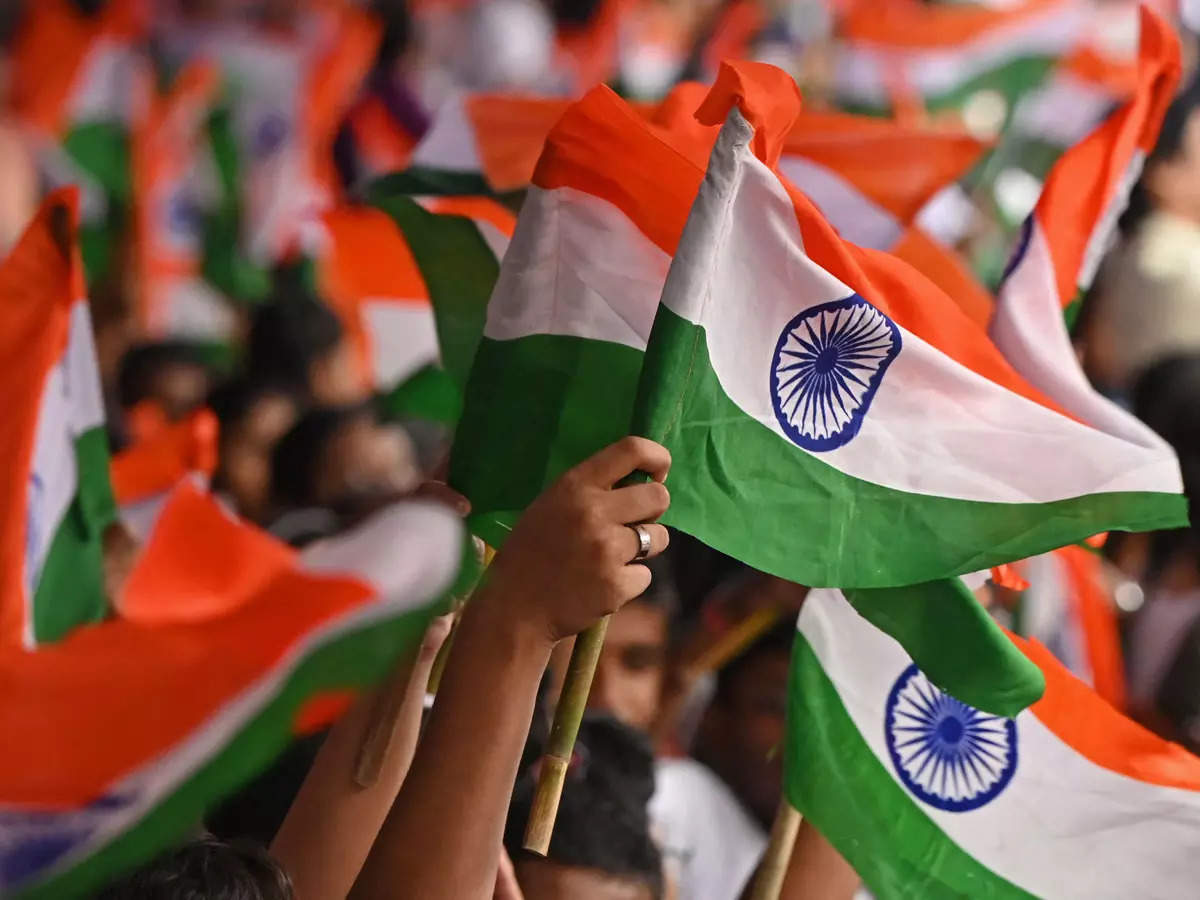- France’s historic decision to include the right to abortion in its constitution represents a watershed moment in the global fight for women’s reproductive rights.
- Against the backdrop of International Women’s Day, this ground-breaking legislation demonstrates France’s commitment to protecting women’s autonomy and healthcare choices.
Why are we discussing this?
- The legislative process that led to this momentous legislation, as well as its ramifications, have repercussions far beyond France’s borders, resonating with ongoing arguments about reproductive rights around the world.
Abortion in France: Legislative Progress
- National Assembly and Senate Approval: The amendment was first enacted by the National Assembly in January and won unanimous approval from the Senate last week, culminating in a joint parliamentary session for final ratification.
- Bipartisan Consensus: With an overwhelming majority of parliamentarians voting in favour, the change demonstrates strong bipartisan support for protecting women’s reproductive rights.
- Constitutional Amendment: The amendment raises abortion from a statutory right to a constitutionally given freedom, providing legal protection against future legislative changes.
Amendment Provisions
- The amendment amends Article 34 of the French constitution, stating that women’s right to terminate pregnancies is constitutionally protected.
- Preservation of Existing Rights: By requiring future legislation to respect existing abortion regulations, the amendment ensures continuity and stability in reproductive healthcare policy.
- Global Context: Recognising global tendencies of encroaching on abortion rights, the legislation confirms France’s commitment to opposing regressive measures that limit women’s choice.
The global implications
- Unprecedented precedence: France becomes the first country to include abortion rights in its constitution, establishing a breakthrough precedence for international reproductive justice movements.
- European Landscape: Amid growing moves to restrict abortion access in several European countries, France’s brave initiative serves as a beacon of hope and inspiration for reproductive rights supporters across the continent.
- European Charter of Fundamental Rights: The amendment’s alignment with basic rights principles may spark broader moves to include abortion protections in the European Charter of basic Rights.
Public Reception and Political Landscape
- Public Support: According to opinion polls, 81% of respondents support constitutionalizing abortion rights.
- Political Consensus: In contrast to some countries’ polarised abortion debates, France’s political spectrum stands united in its support for women’s reproductive liberty.
- Criticism and allegations: While some detractors see the reform as President Macron’s political manoeuvre to appease left-leaning elements, its substantive impact on women’s rights is evident.
Global Abortion Landscape
- European Context: Against the backdrop of increasing abortion restrictions in several European countries, France’s progressive attitude stands in stark contrast to regressive measures implemented elsewhere.
- Global Reverberations: France’s pioneering endeavour may have far-reaching consequences, emboldening groups to improve abortion rights and resist legislative regressions around the world.
India’s Abortion Policies:
- The Medical Termination of Pregnancy (MTP) Act was adopted in 1971, allowing abortions up to 20 weeks. Recent modifications have increased the limit to 24 weeks in certain situations.
- Recent Amendments: The 2021 amendment increases the permitted gestational age for abortions and streamlines the clearance process for certain types of pregnancies.
- Continued Advocacy: While India’s abortion laws are rather progressive, ongoing advocacy initiatives aim to improve countrywide access to safe and legal abortion services.
Source: https://www.bbc.com/news/av/world-europe-68512415#:~:text=France%20has%20enshrined%20the%20right,an%20abortion%20will%20be%20guaranteed.









